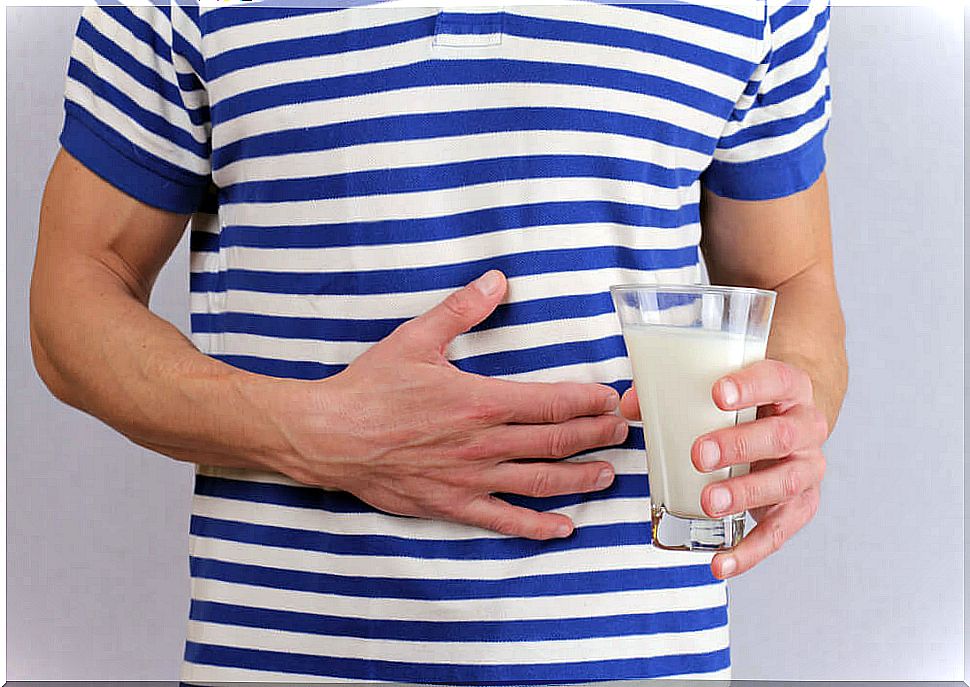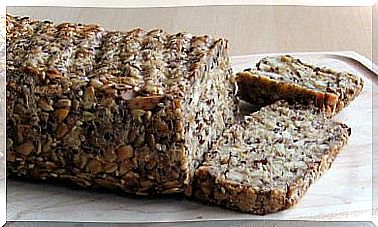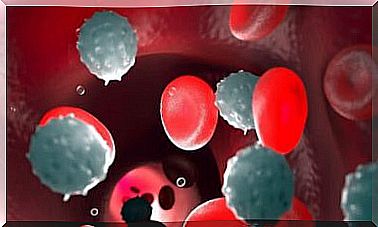Lactose Intolerance, A Fight Against Genetics Itself
Lactose intolerance is a very common pathology in adults, characterized by not assimilating this sugar correctly. The consequence is that, by not being absorbed, lactose irritates the intestinal mucosa, causing diarrhea, gas, abdominal pain, etc.
It is part of a group of pathologies called malabsorption diseases. The suspicion is produced by the clinic, with many degrees of intolerance, from insignificant discomfort to great discomfort and damage to the intestine.
Lactose absorption
Lactose is a disaccharide, a carbohydrate made up of two monosaccharides: glucose and galactose. This nutrient is present in dairy foods and is absorbed at the molecular level in intestinal cells, the enterocytes.
These cells are cubic in shape. In the part in contact with the intestinal lumen they have extensions called microvilli.
The set of microvilli forms an irregular surface known as a brush border. This surface is the place where most of the nutrients are absorbed.
Some nutrients have to be broken down into simpler molecules in order to be absorbed and pass into the blood, as is the case with lactose. For its absorption, it is necessary for lactase to divide it into a molecule of glucose and another of galactose.
Lactase is an enzyme that is located in the brush border of enterocytes, which is distributed unevenly throughout the digestive tract. It is more abundant in the first intestinal sections, the duodenum and the jejunum.
In some ethnic groups, the activity of this enzyme decreases almost completely when they reach adulthood. However, in Caucasian people this activity remains indefinitely.
When this enzyme is not synthesized, lactose is not absorbed. As a consequence, lactose reaches the colon, where the bacterial flora ferments it, producing large amounts of hydrogen and irritating the digestive mucosa. This intestinal irritation alters digestion, producing gastroenteritis.
Pathogenesis of lactose intolerance

From a pathogenic point of view, lactase is deficient by two mechanisms: because the enzyme is not synthesized (primary deficit) or in the context of intestinal disease (secondary deficit).
Primary lactase deficiency
Primary lactase deficiency is what is considered as lactose intolerance as such. Lactase deficiency is isolated, not due to another associated pathology. This enzyme is not synthesized due to different causes:
- Congenital deficit. In this case it is a hereditary disease, the enzyme is not synthesized due to a mutation. It is necessary that both parents present the mutation for the subject to suffer from it, that is, it follows a recessive pattern. It is rare, but these children do not synthesize any lactase, so they cannot tolerate dairy foods from birth.
- In premature infants, especially those born before week 32, since the enzyme has not yet reached its maximum activity.
- “Physiological” deficit. We have said that after breastfeeding, lactase synthesis progressively decreases. It is very common in African and Asian subjects, as in adulthood. This intolerance appears at different ages, in these ethnic groups it is usually early, around 5 years. In the white race, this deficit is less frequent, and usually becomes evident in older ages.
Secondary lactase deficiency
In these cases, lactose absorption is due to an alteration of the intestinal mucosa due to another cause. Depending on the cause, lactose intolerance can be permanent or reversed by treating the causative pathology.
It may be due to alterations of the microvilli that prevent normal absorption of carbohydrate. This is the case of inflammatory diseases such as Crohn’s disease or ulcerative colitis. It also occurs in intestinal infections that alter the mucosa of the digestive tract, especially in childhood.
Symptoms of lactose intolerance

As a result of lactose intolerance, after eating dairy foods, intestinal irritation will produce:
- Gases
- Nausea and vomiting
- Pain and bloating (bloating).
- Watery diarrhea, by an osmosis mechanism.
The symptoms can be more or less pronounced, depending on the degree of intolerance. There are people who do not tolerate milk but other dairy foods such as cheese or yogurt. In many cases the symptoms are mild and they can tolerate small amounts of milk.
When the deficit is congenital, or appears in early stages of development, children can suffer a significant developmental delay, since milk is a fundamental food in their diet. In these cases, the consequences can be serious.
Diagnosis of lactose intolerance

Diagnosis is suspected due to digestive symptoms associated with milk consumption. To confirm the existence of primary intolerance we have different tests:
- Lactose tolerance test. If lactose is digested correctly, after ingesting it it should increase blood glucose. In this test, the patient is made to ingest a quantity of lactose and the levels of glucose in the blood are measured for the following hours. If the glucose does not increase by at least 20 md / dL the subject has a lactose intolerance.
- Breath test. As we have discussed, bacterial fermentation of lactose produces large amounts of hydrogen in the colon. The gas passes into the blood and reaches the lungs, where it is expelled. For this reason, it may be useful to measure exhaled hydrogen in a subject who has previously ingested lactose. If the amount of hydrogen is greater than normal, the subject does not absorb lactose well.
- Stool pH. A part of the hydrogen produced is eliminated with the faeces, which causes its pH to decrease and to be acidic.
If these tests give abnormal values, when the symptoms are associated and by ruling out pathologies that may alter intestinal absorption, lactose intolerance can be diagnosed.
Treatment
Currently, there is no way to increase the body’s lactase production, but we can avoid the discomfort by following some tips:
- Avoid consuming large portions of milk and dairy products.
- Include small servings of dairy products in your regular meals.
- Eat and drink lactose-reduced milk and ice cream.
- Drink whole milk after adding a liquid or powder to break down the lactose.
Most cases of lactose intolerance are not serious. Symptoms usually reverse with a low or dairy-free diet. Otherwise, the specialist should be consulted to assess other possibilities.









